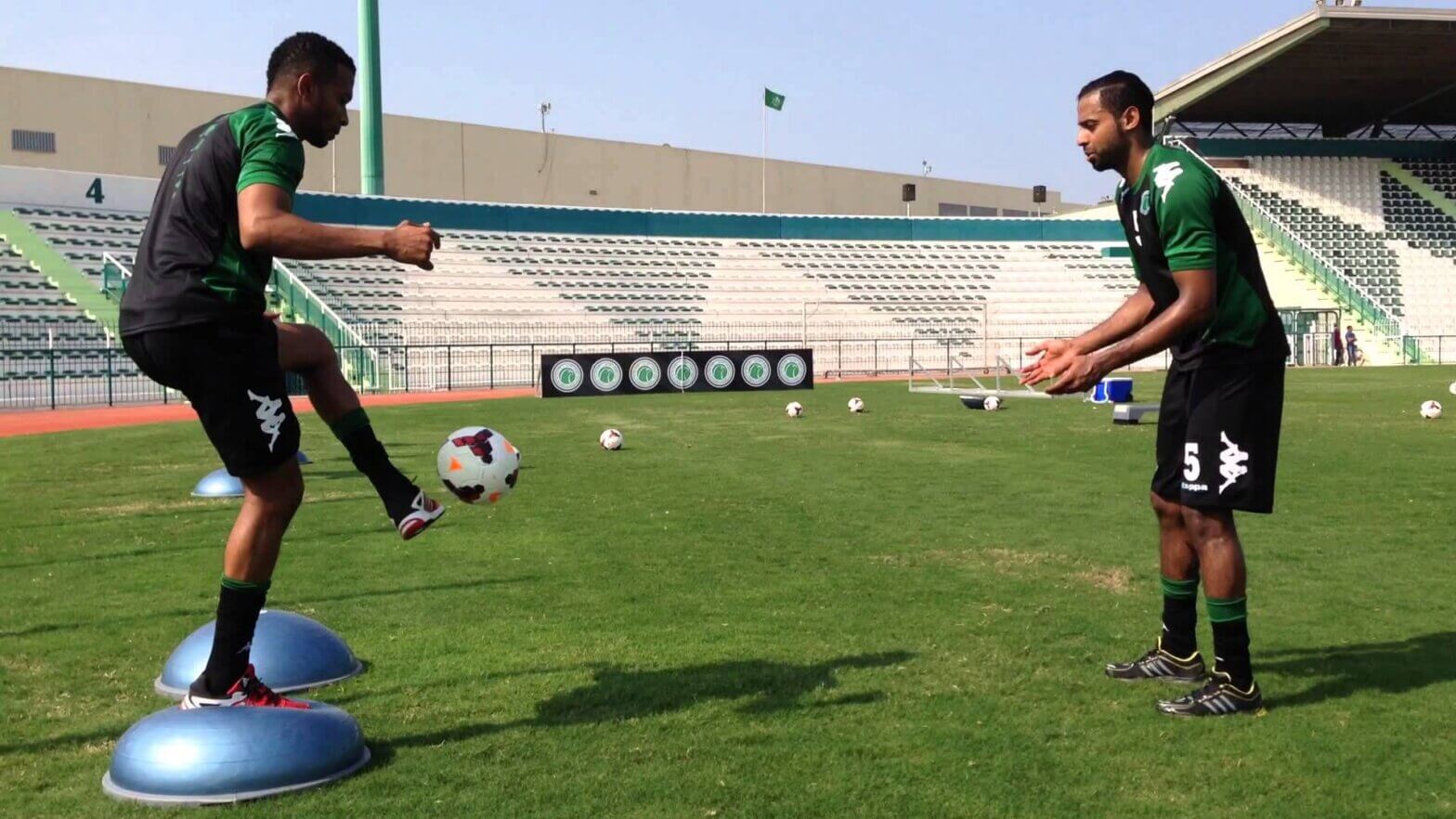Mothers, grandmothers, and other caregivers often experience numerous aches and pains associated with caring for a newborn. Neck, back, and hip pain are some of the most commonly reported, but did you know that wrist pain is also frequently associated with motherhood? The term “mommy’s wrist” refers to thumb-sided wrist pain caused by completing regular childcare related tasks. Mommy’s wrist is medically referred to as De Quervain’s Tendinitis. Although it can affect people of all sexes and ages, it is 4-8 times more likely in women than men, with pregnancy and child rearing being significant risk factors for developing the condition. Mommy’s wrist can be very painful and interfere with daily activities, including the ability to care for a child.
What is De Quervain’s Tendinitis?
As mentioned above, De Quervain’s Tendinitis is characterized by wrist pain near the thumb, but what exactly is the source of the pain? The muscles that help to move the thumb and wrist are attached to bone by tendons which are held in place by a fibrous sheath. These tendons can become inflamed or thickened with overuse and repeated hand and wrist movements like those performed when picking up, carrying, or nursing a child. This makes it difficult for the tendons to move within the sheath, causing increased friction and pain with movement of the thumb and wrist.
Signs of De Quervain’s Tendinitis include:
- Pain or swelling at the wrist near the base of the thumb that may travel up to forearm
- Difficulty grasping or lifting objects, opening jars, or pinching with the thumb
- Pain with side to side and twisting movements of the wrist
- Feeling of stiffness/limited mobility of the thumb and/or wrist
- Weakness of the thumb and/or wrist
- “Catching” or “snapping” sensation with thumb movement
Treatment Options for Mommy’s Wrist
Luckily, there are multiple conservative treatment options for De Quervain’s Tendinitis. Modifying or completely avoiding activities that cause your symptoms should be the first step taken to treat your wrist pain. For example, pick up your baby by scooping your hand underneath their bottom instead of lifting from underneath their arms. Additionally, you can modify your breastfeeding position and use a pillow to support some of the weight of the baby’s head instead of taking the full weight at your wrist. Taking anti-inflammatory medications and wearing a splint (specifically a thumb spica splint) to restrict movement of the thumb and wrist can also help to reduce pain and swelling. If pain persists after attempting these treatments, you may need to see a medical professional.
Physical Therapy Can Help
A physical therapist can perform a thorough evaluation to assess your condition, identify impairments that are limiting your functioning, and develop a treatment plan to meet your specific needs. Physical therapy for De Quervain’s Tendinitis can include range of motion/stretching exercises and manual therapy to help decrease tension and improve thumb and wrist mobility, strengthening exercises, pain management methods, and education on your condition and ways to modify your activities. If you are tired of dealing with wrist pain and want to get back to caring for your baby without limitations, call Respire Physical Therapy at (703) 671-1871 or click here to schedule an initial evaluation today!
Tags: choosept, arlingtonva, alexandriava, springfieldva, fallschurchva, ptworks, Physical Therapy, wrist pain, Respire Physical Therapy, physical therapist, post natal pt, mommy's wrist pain



